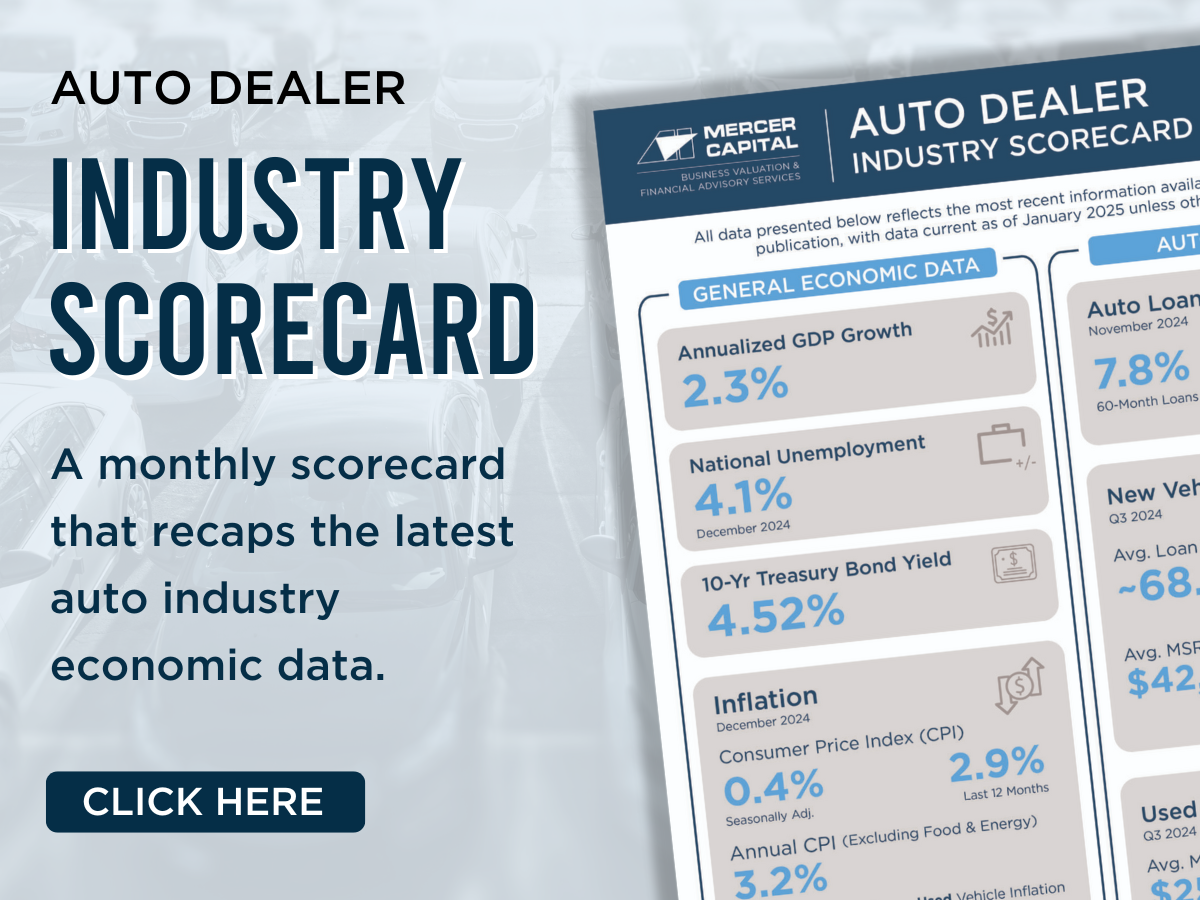As our dealer clients know, automotive retailing competition has intensified with large, well-capitalized online-only retailers getting plenty of attention. Due to imbalances between supply and demand, gross margins on both new and used vehicles have increased in 2021.
In this post, we survey gross margins for the publicly traded dealerships, in light of the current operating environment and reconsider the investment thesis put forth by the new entrants.










